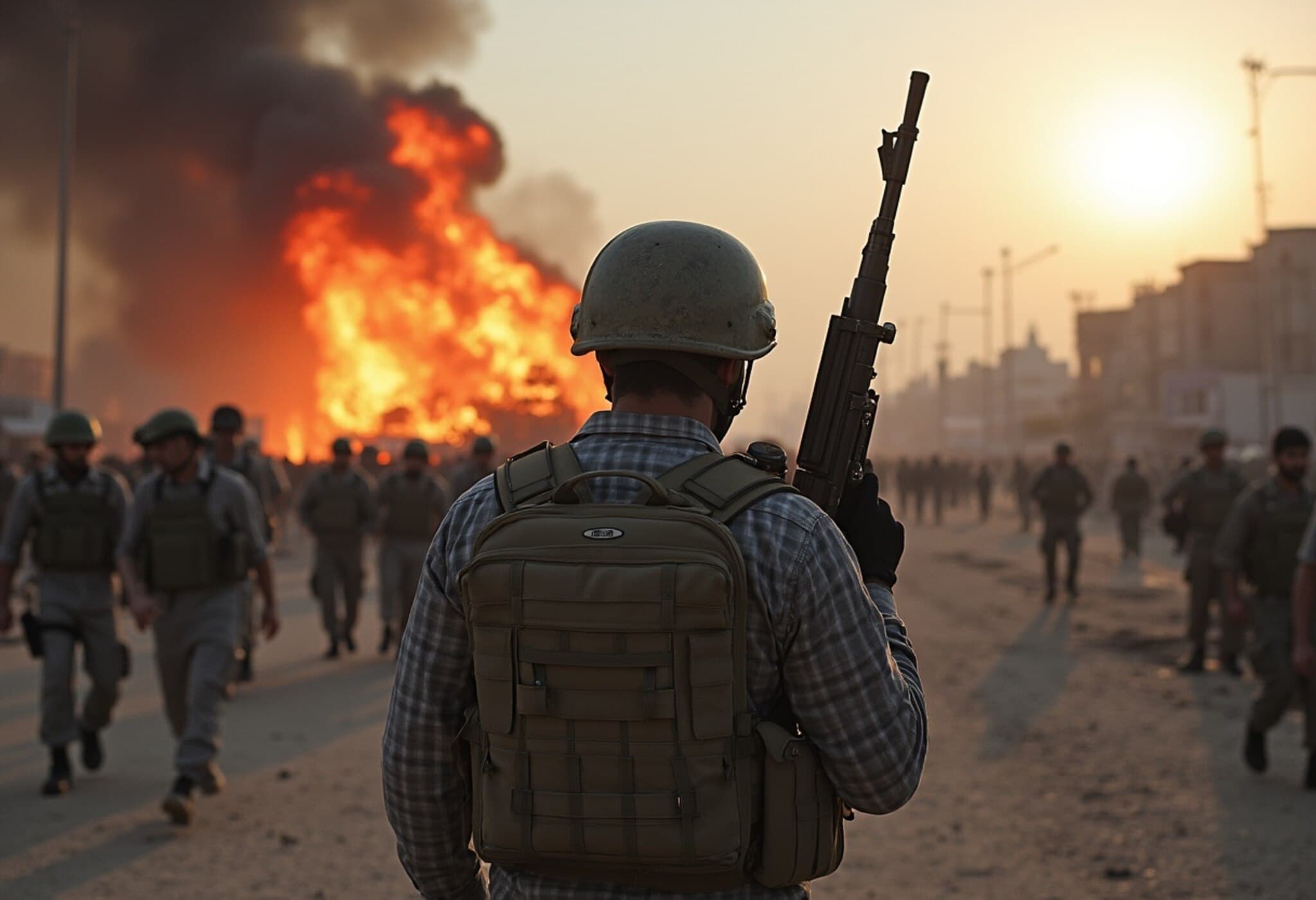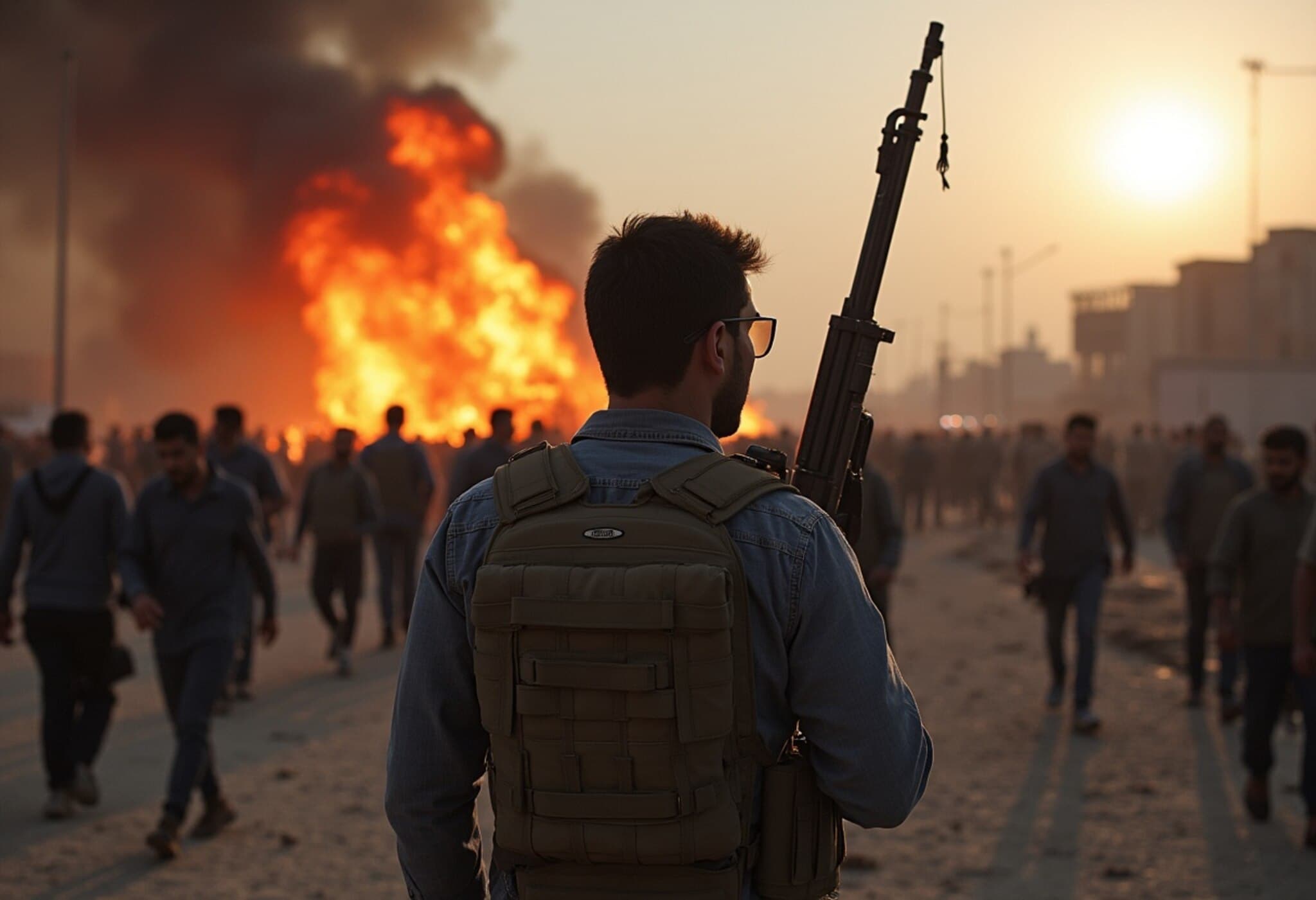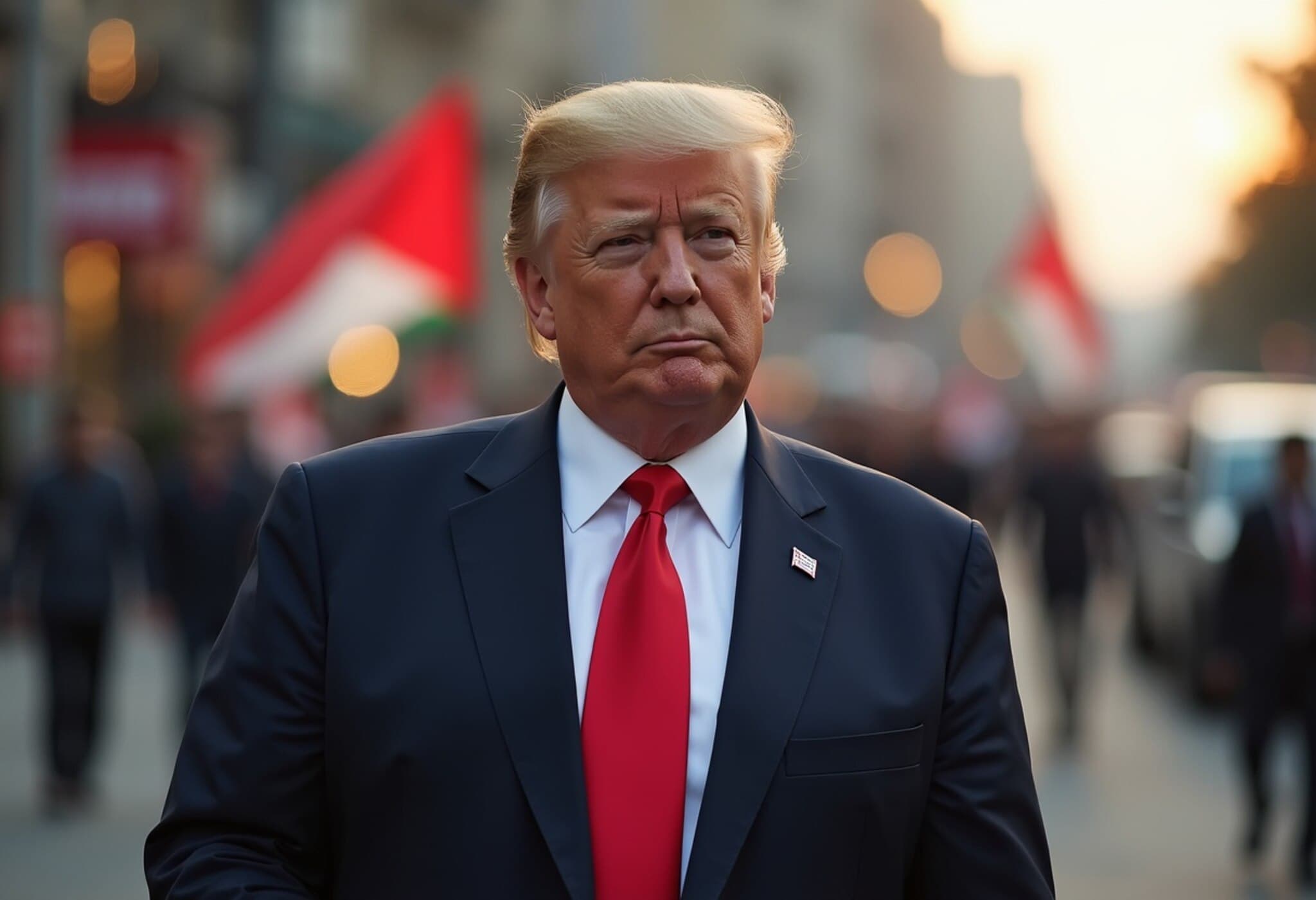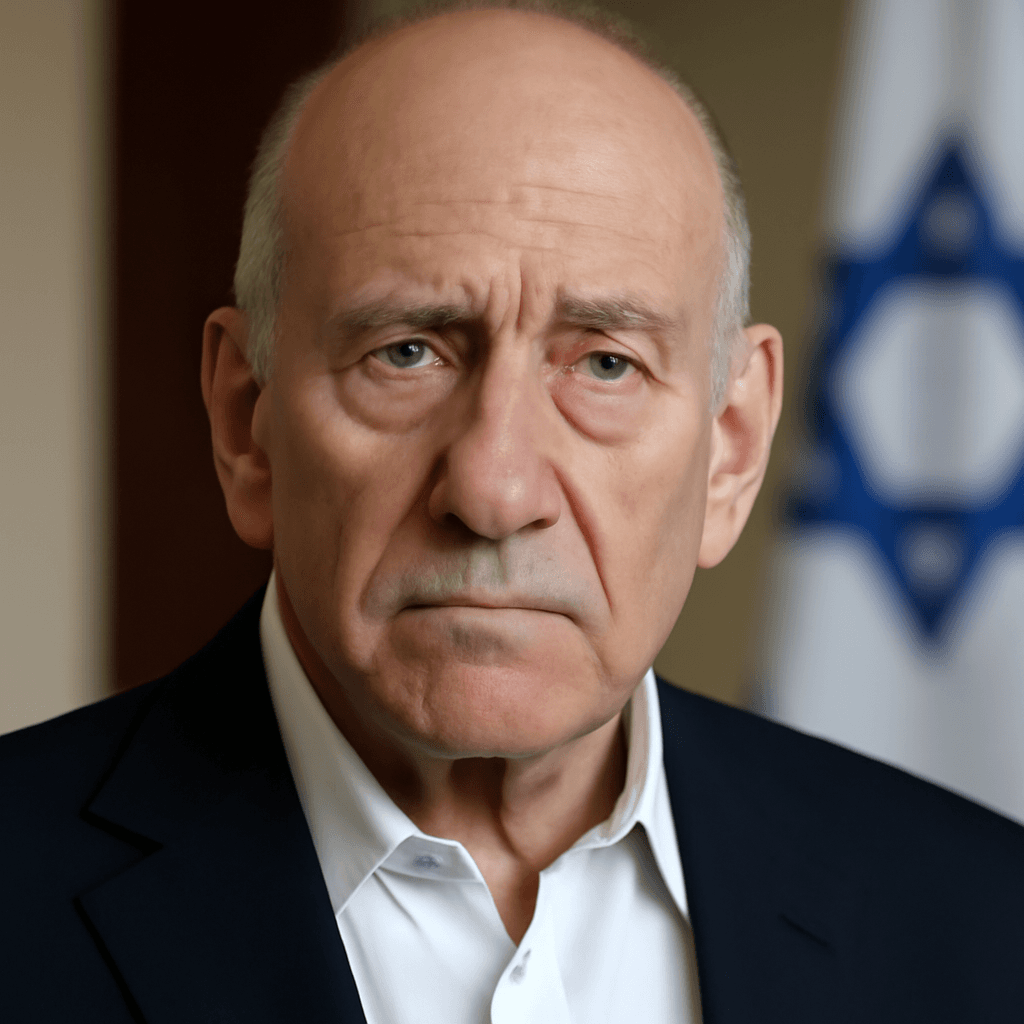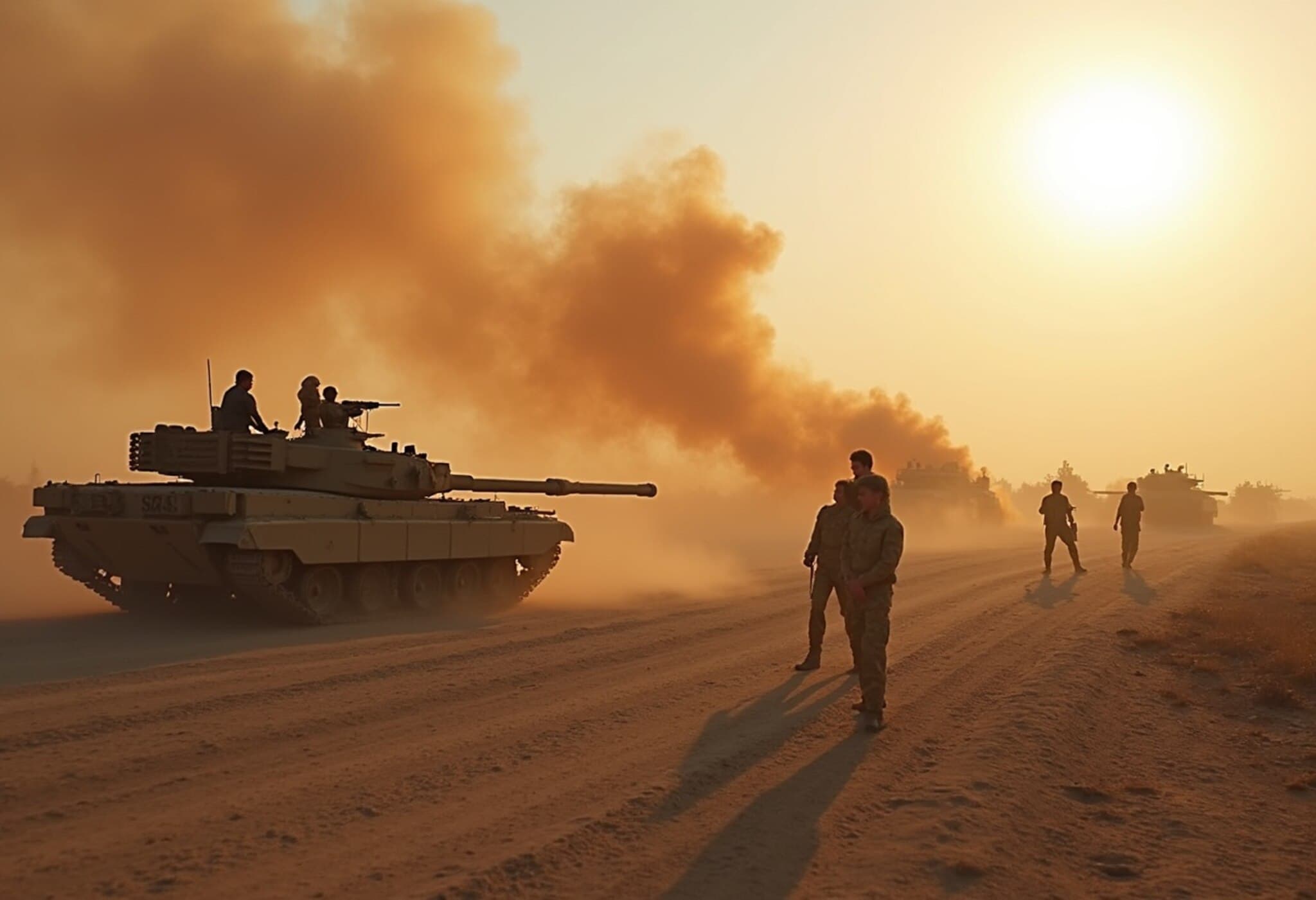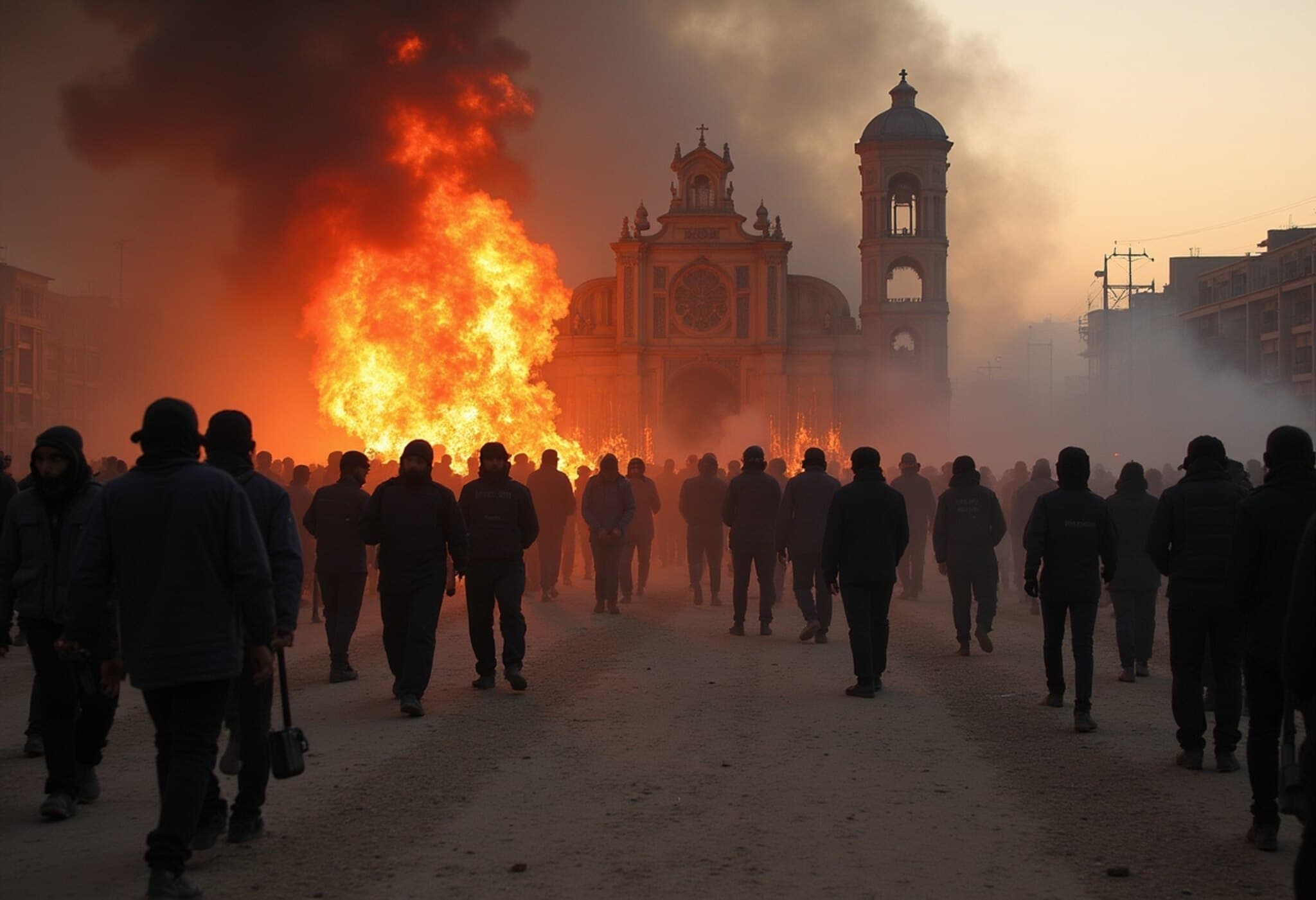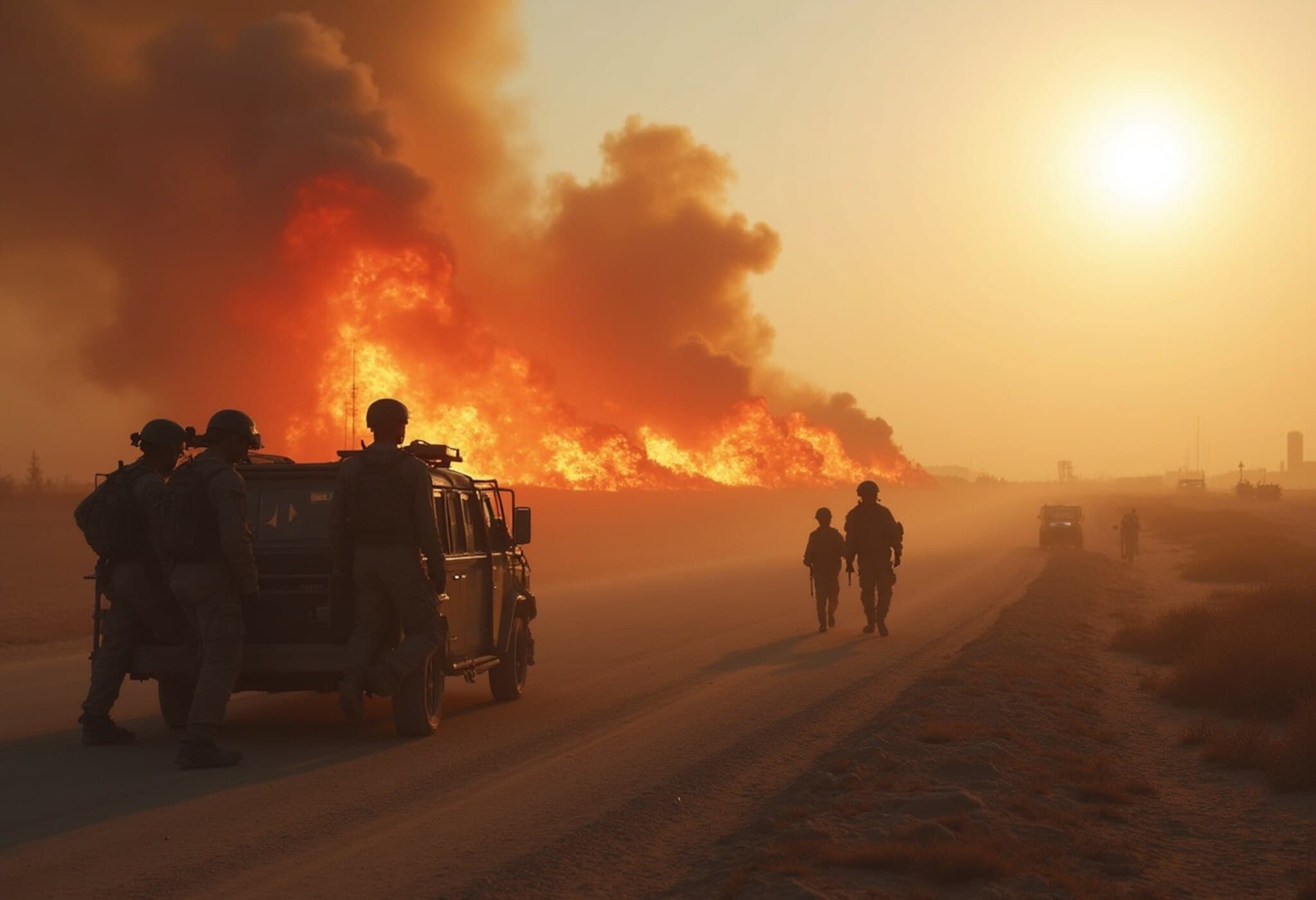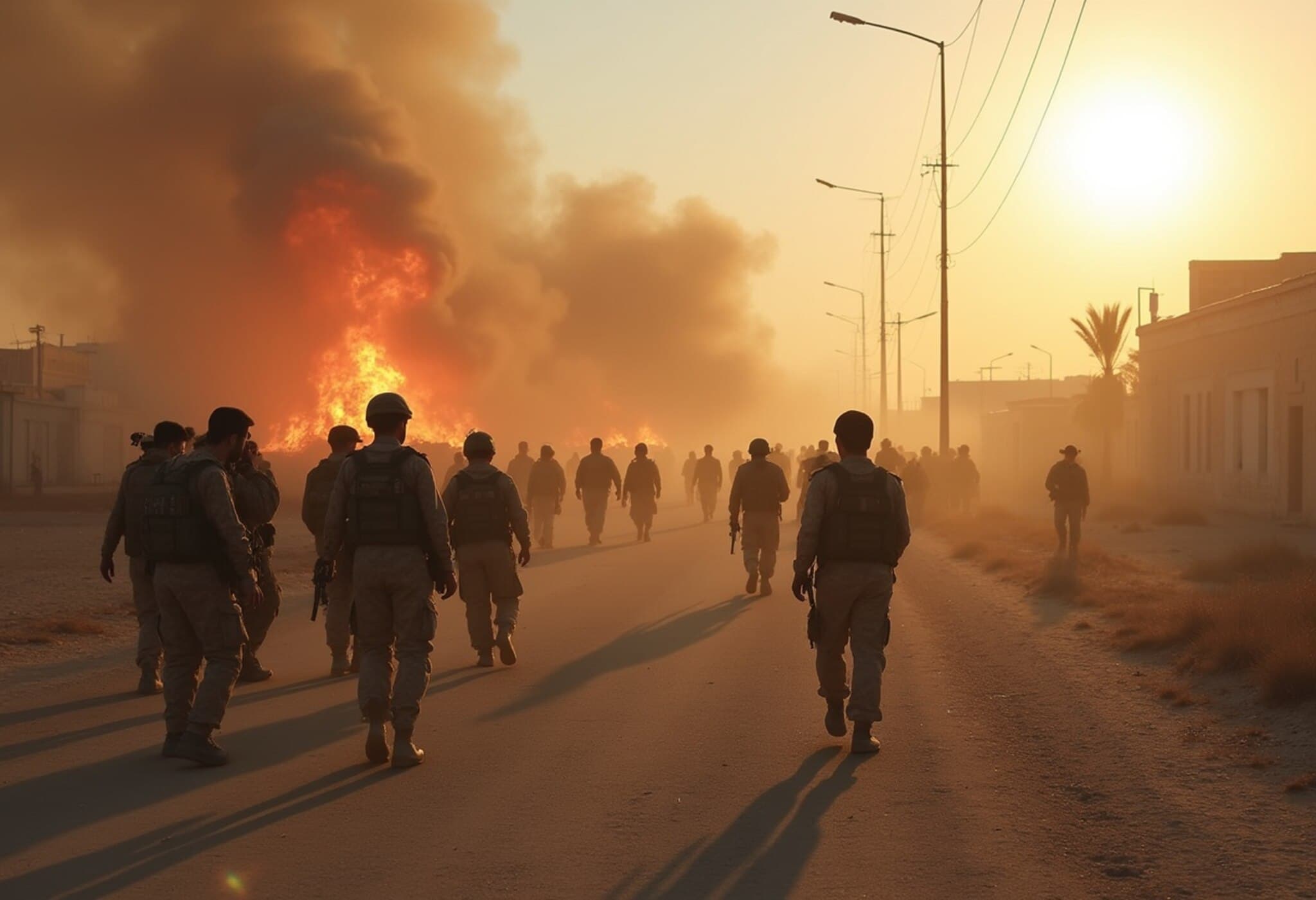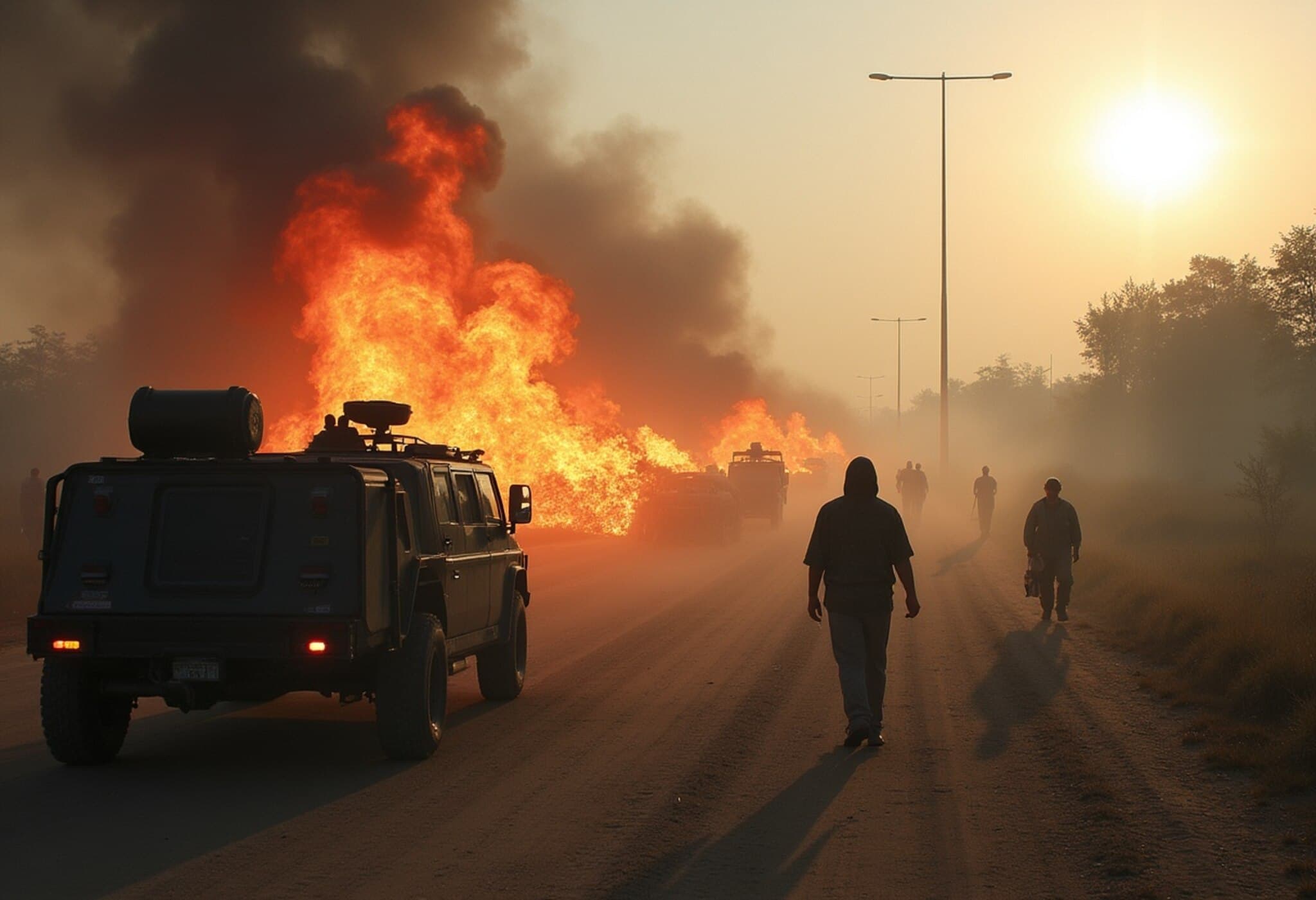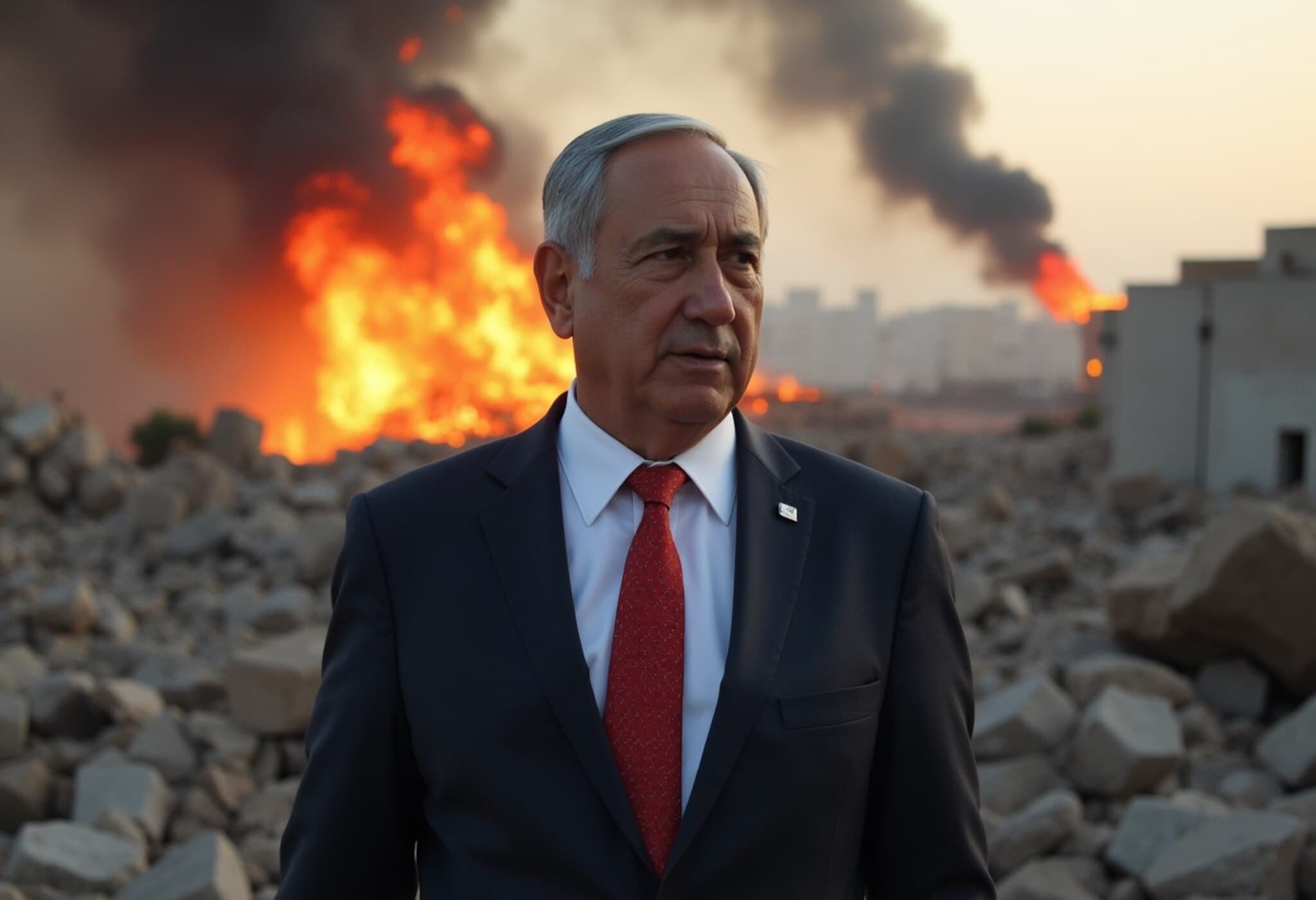US Forces Eliminate Senior Islamic State Commander in Aleppo
In a significant operation marking the continuing efforts against the Islamic State (ISIS), the US Central Command (CENTCOM) confirmed on July 25, 2025, that a senior ISIS leader, Dhiya Zawba Muslih al-Hardan, along with his two sons, were killed in a rare coalition-backed raid in the Aleppo region of northwest Syria.
Details of the Operation
The targeted operation unfolded in the town of al-Bab, Syria, and was conducted early Friday morning. According to the official CENTCOM statement, the raid was executed by US-led forces in close cooperation with Kurdish and Syrian government troops. Notably, while the militant men who posed ongoing threats to US and coalition forces were neutralized, women and children present at the location were unharmed.
Local observers such as the UK-based Syrian Observatory for Human Rights (SOHR) highlighted the raid's unique nature this year—employing an airdrop of ground forces complemented by a substantial deployment on the ground and coalition helicopter support. This multi-faceted approach underscores the evolving military coordination in Syria’s complex conflict theater.
Strategic and Regional Implications
This high-profile elimination deals a major blow to ISIS's leadership infrastructure in Syria, disrupting the extremist group's operational capacity in a region long fraught with turmoil. The involvement of both the Kurdish-led Syrian Democratic Forces (SDF) and the Syrian government’s General Security forces in a joint operation signals an intriguing new dimension of collaboration.
Following the surprising collapse of Bashar al-Assad’s regime last year, the United States has sought to build rapport with the emergent Syrian government, aiming to unify Syria’s fragmented military entities, including a proposed integration of SDF elements into the Syrian army. However, this alliance remains delicate and fraught with challenges.
Ongoing Obstacles to Stability
Despite tactical cooperation in counter-terrorism, deeper political disputes persist. The coalition’s progress toward a unified Syrian military is hampered by rising sectarian violence, especially the recent conflict in the southern province of Sweida. There, clashes between government forces allied with Sunni Bedouin clans and Druze armed factions have escalated, with accusations of civilian abuses — an incendiary development that feeds mistrust among minorities including the Kurds.
The volatile security situation underscores an important question for US and allied strategists: how to sustain counter-ISIS gains while fostering durable political reconciliation in Syria's fractured social fabric.
Expert Analysis
From a policy standpoint, this incident illustrates the complexities of hybrid military operations in counterterrorism. Authorities are navigating a labyrinth of alliances, some forged more out of necessity than mutual trust. While eliminating senior ISIS figures remains vital, equally important is addressing the root causes of unrest and sectarian divisions that fuel extremist recruitment.
Given the precariousness of the Syrian landscape, US and coalition forces face a critical balancing act: maintaining pressure on terror networks without exacerbating local tensions or alienating potential partners in the region's evolving political scene.
Looking Ahead: What This Means for Syria and Beyond
As the war against ISIS continues, the Aleppo raid serves as a stark reminder of the enduring threats posed by extremist factions. Yet, it also spotlights opportunities and perils entwined in coalition-building efforts across Syria.
Does the recent cooperation signal a potential turning point in Syrian conflict resolution, or will sectarian fissures soon undermine these fragile alliances? Analysts emphasize that future US and international policy must prioritize inclusive political dialogue alongside persistent counterterrorism operations.
Summary Box (Editor's Note):
- The killing of Dhiya Zawba Muslih al-Hardan and his sons marks a key tactical success against ISIS leadership in Syria.
- Multiparty cooperation between US-led forces, Kurdish SDF, and Syrian government troops signals an operational evolution despite ongoing political mistrust.
- Persistent sectarian violence and governance challenges continue to complicate stabilization and unification efforts in post-Assad Syria.
- This event raises critical questions about balancing counterterrorism with fostering long-term political reconciliation in a fragmented region.
Understanding these dynamics is essential for crafting sustainable strategies in Syria’s volatile environment—where every military victory is intertwined with complex social and political ripple effects.



